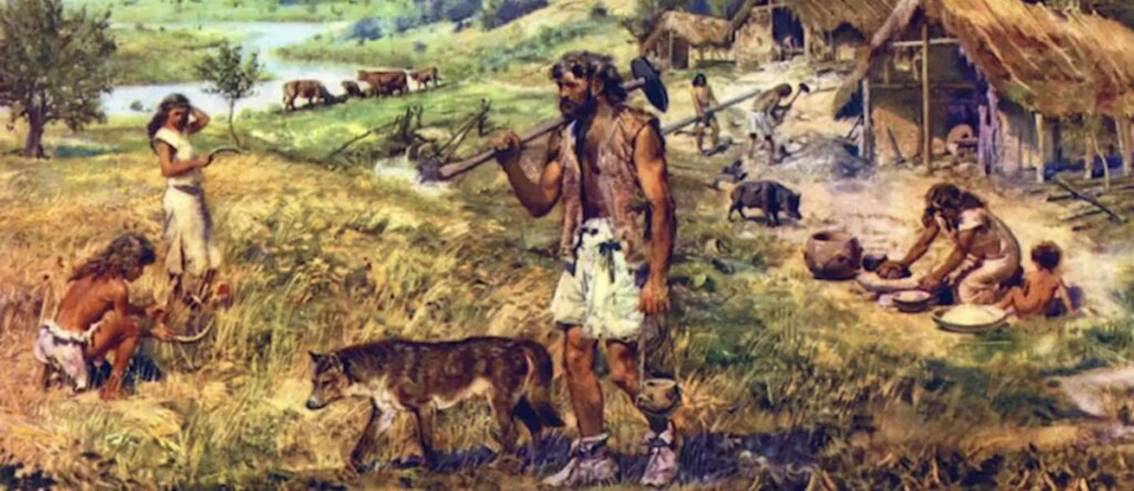The Neolithic Period: A Transformative Era in Human History
The Neolithic Period, also known as the “New Stone Age,” marked a significant transformation in human history. This era, beginning around 10,000 BCE and lasting until approximately 4,500 BCE, witnessed the transition from nomadic hunter-gatherer societies to settled agricultural communities. This shift laid the foundation for modern civilization, influencing social structures, technological advancements, and cultural developments.
Origins and Spread of Agriculture
The Neolithic Period is primarily characterized by the advent of agriculture. This development began in the Fertile Crescent, a region spanning modern-day Iraq, Syria, Lebanon, Israel, and parts of Turkey and Iran. Here, around 10,000 BCE, people began to domesticate plants and animals, leading to the establishment of the first farming communities.
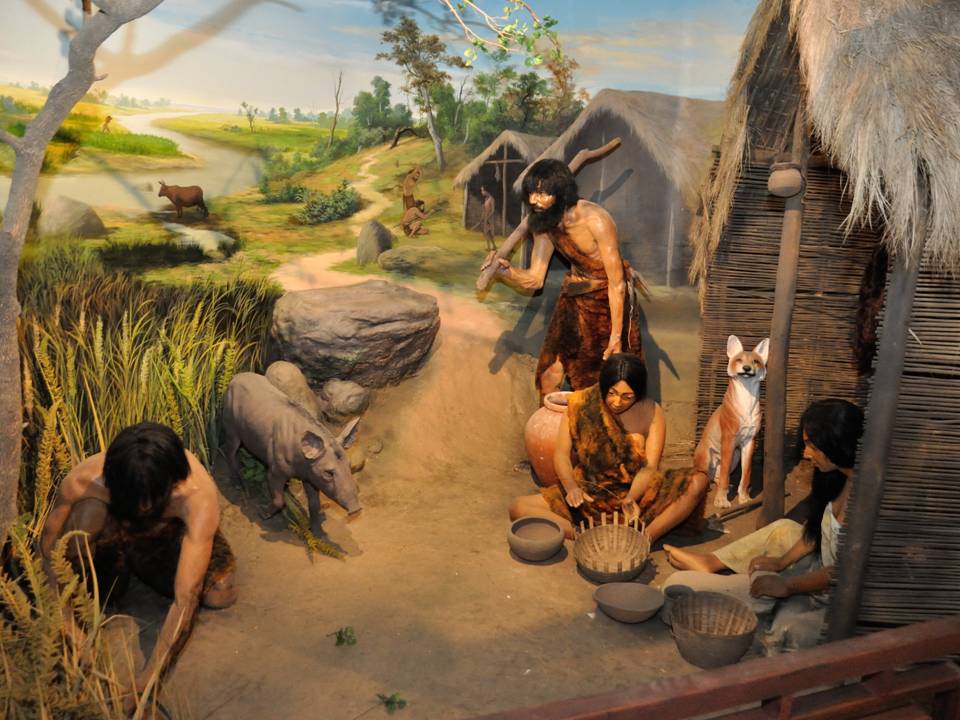
The domestication of wheat, barley, lentils, and other crops enabled a stable food supply, which was a marked change from the unpredictable nature of hunting and gathering. Alongside plant cultivation, the domestication of animals such as sheep, goats, cattle, and pigs provided additional sources of food, labour, and clothing materials.
As agriculture spread, it triggered a gradual shift from a nomadic lifestyle to permanent settlements. This shift first took place in the Middle East and later spread to Europe, Asia, and Africa, with regional variations in the types of crops and animals domesticated. For instance, rice cultivation became prominent in East Asia, while maize and potatoes were central to agriculture in the Americas.
Development of Permanent Settlements
With the establishment of agriculture, people began to build permanent homes and form villages. This was a fundamental change from the transient shelters used by hunter-gatherers. The construction of houses from mud bricks, stone, and wood marked the beginning of architectural development, as seen in archaeological sites such as Çatalhöyük in modern-day Turkey.
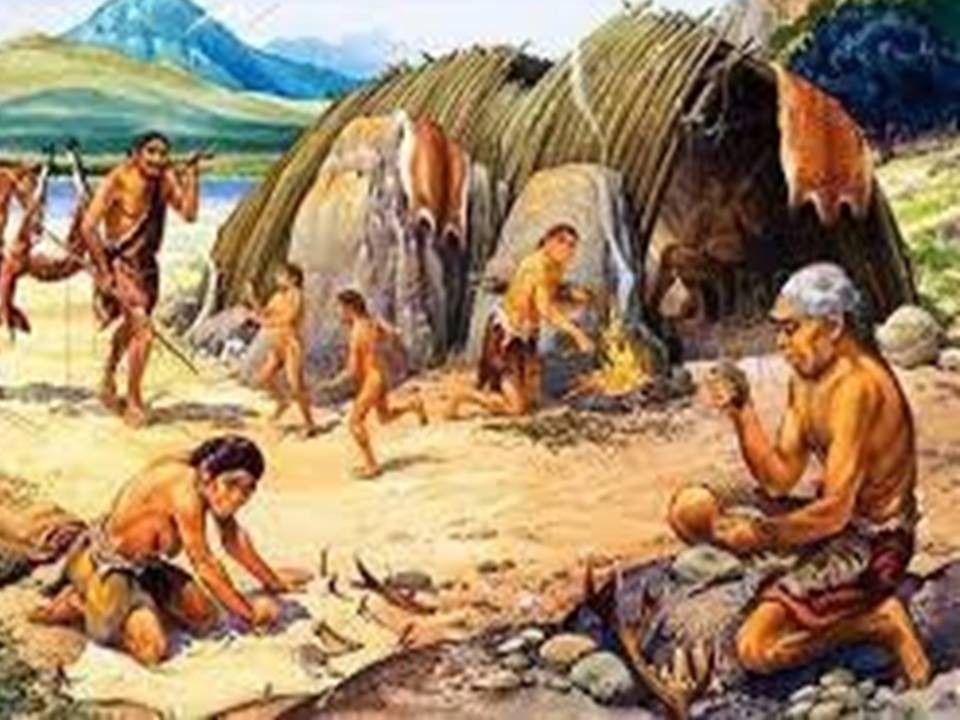
Permanent settlements led to the growth of larger communities, which required more complex social structures. The surplus of food allowed for population growth and the specialization of labour, with some individuals focusing on tasks other than farming, such as tool-making, pottery, and weaving. These developments fostered trade and interaction between different communities, further enhancing the complexity of Neolithic societies.
Technological Innovations
The Neolithic Period saw significant technological advancements, particularly in the creation of tools and the development of pottery. The tools of the Neolithic era were more sophisticated than those of the preceding Paleolithic period. Polished stone tools, such as axes and sickles, were developed for farming while grinding stones were used to process grains into flour.
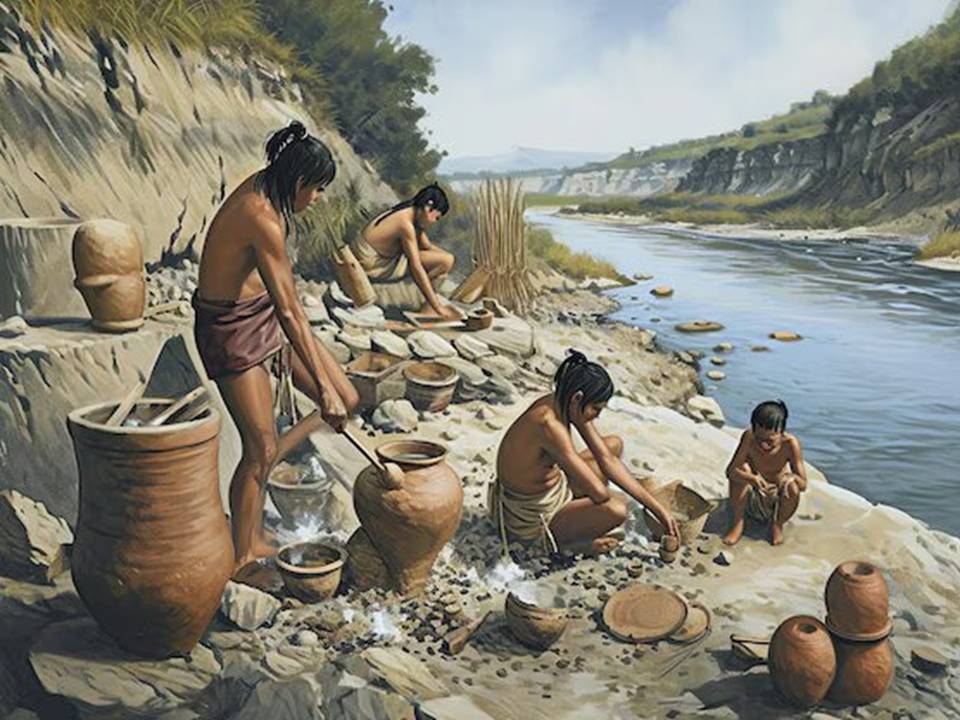
Pottery also emerged as a vital technology during this period. The creation of clay vessels allowed for the storage of surplus food, contributing to food security and enabling trade. Pottery styles and techniques varied across regions, reflecting the diverse cultures of Neolithic communities.
Another key innovation was the construction of megalithic structures, such as Stonehenge in England and the dolmens of Western Europe. These structures, often serving religious or ceremonial purposes, reflect the increasing social complexity and the spiritual or religious beliefs of Neolithic people.
Social and Cultural Changes
The Neolithic revolution brought about profound changes in social organization. The shift to agriculture and permanent settlements led to the development of more hierarchical societies. As some individuals accumulated surplus food and resources, social stratification began to emerge, with certain families or groups gaining more wealth and power.
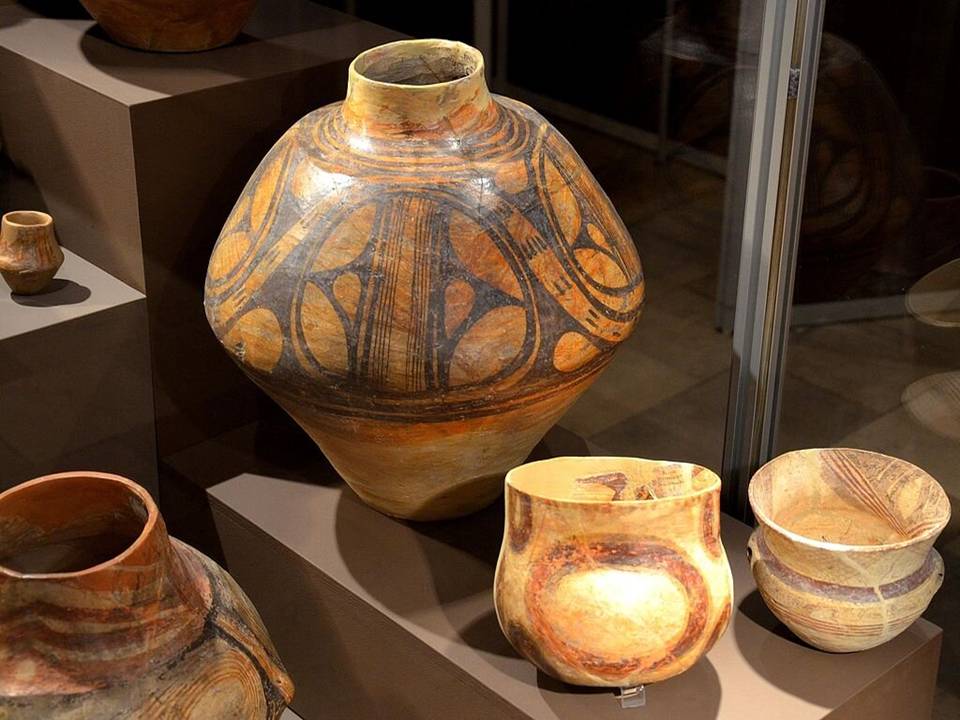
This period also saw the beginnings of organized religion and ritual practices. Archaeological evidence from sites like Göbekli Tepe in Turkey suggests that communal rituals played a significant role in Neolithic societies, potentially linked to the agricultural cycle and the veneration of deities associated with fertility and nature.
The creation of art also flourished during the Neolithic period, with examples including intricate pottery designs, figurines, and carvings. These artistic expressions often had religious or symbolic significance, reflecting the beliefs and values of Neolithic communities.
The End of the Neolithic Period
The Neolithic period gradually came to an end as human societies continued to evolve. The development of metallurgy, particularly the discovery and use of copper and later bronze, marked the beginning of the Bronze Age, around 3,300 BCE. This transition brought about new technological and social changes, including more complex forms of warfare and trade.
Despite the end of the Neolithic period, its legacy continued to influence subsequent civilizations. The agricultural practices, social structures, and technological innovations developed during this time laid the groundwork for the rise of cities, states, and eventually, empires.
Conclusion
The Neolithic period was a transformative era that reshaped human history. The transition from hunting and gathering to agriculture led to the development of permanent settlements, technological advancements, and complex social structures. This period set the stage for the rise of civilizations and left a lasting impact on the course of human development.

